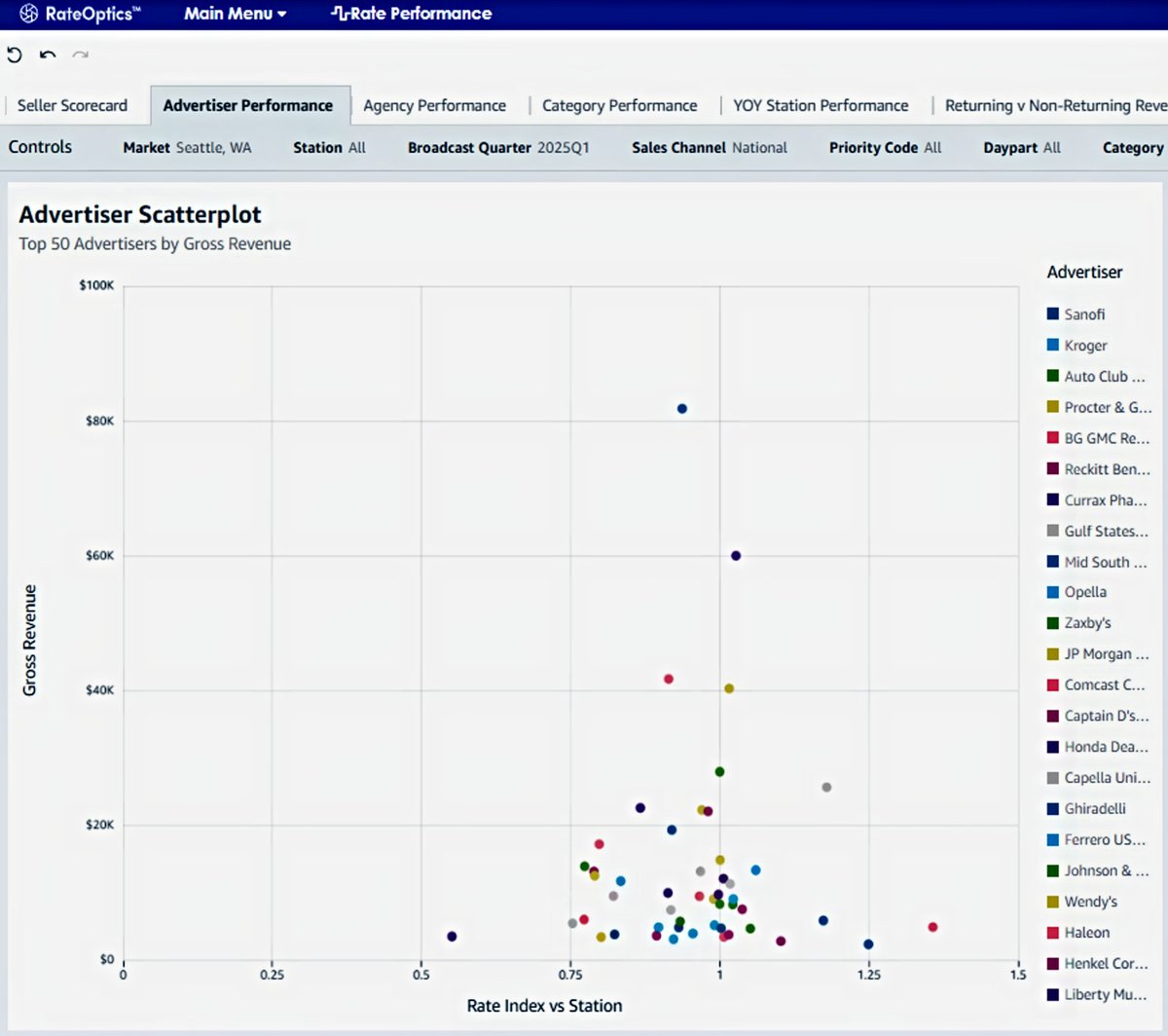Commentary
Hey Aida, Which Advertisers Will Pay The Most For My Ad Inventory?
- by Joe Mandese @mp_joemandese, Yesterday

Nearly 30 years ago while I was covering the rapid rise of audience reach optimizers on the demand-side at big ad agencies, I stumbled on a story about how a big sell-side player -- the ABC Television Network -- was considering using a different kind of data and technology to give itself a competitive advantage: yield optimization.
The idea was that as audience reach optimizers were giving more knowledge and leverage to agencies and their clients in negotiations and that the sell-side might be able to do something to offset that by utilizing revenue yield optimization.
To be clear, networks and other big media at the time already were doing that, but they did it manually, utilizing quaint techniques like "quintiling" (dividing advertisers/agencies into buckets based on how profitable it was to sell to them, and allocating inventory supply and CPMs based on that).
advertisement
advertisement
But as the demand-side was beginning to utilize high-powered computer processing to do something agencies could no longer do manually, it made sense to some sellers that maybe they should do the same.
So then ABC sales chief Marvin Goldsmith licensed what was the most state-of-the-art yield optimization system used by any industry at the time -- the yield optimizers used by the airline industry to determine how much to charge a passenger for a seat on an airline flight.
The airline industry pioneered the technology, because it understood that like certain forms of media, it's inventory -- airline seats -- were perishable, and that demand and the prices people would be willing to pay, change over time.
In the end, Goldsmith and his team decided not to implement the yield optimization system -- or so I've been told -- because they still could to it better manually based on the knowledge, data and intuition ABC's sales organization had about their customer's demand needs.
Fast forward to 2025 and the world of media supply-and-demand has changed rapidly for both sides, and both increasingly are utilizing various forms of even more advanced optimization systems, particularly ones powered by AI.
I'm sharing this backstory, because I had an opportunity to get briefed on a new, AI-powered sell-side yield optimization system being rolled out today, and it makes the kind of system ABC's Goldsmith was considering look quainter than ever.
The system, an AI named Aida, was developed by Atlanta-based Revenue Analytics, and based on how they describe it and what they showed me, I'd have to say it's a game-changer, not just because of its simple chat-based, generative AI interface, but because of the intelligence behind it.
You can see the human-factored simplicity in the screenshot above showing how a sales exec might query Aida to make some obvious recommendations for selling inventory on a TV station's top-performing shows, targeting its highest yield (ie. CPM) accounts. And you can imagine other prompts, iterations and generations of Aida's outputs, but you get the idea.
The real intel power is, to borrow a phrase, what's inside.
"Aida represents a significant advancement in the application of AI in media sales," explains Revenue Analytics Chief Product and Technology Officer Gotham Majumdar, explaining, "Sales teams today face mounting pressure to grow revenue with fewer resources, outdated legacy systems and leaner teams. Aida was built for this reality – analyzing vast volumes of pricing, inventory, and demand data in real time to deliver smart, deal-specific recommendations that accelerate deal velocity."
Toward that end, Aida combines proprietary data with artificial intelligence capable of evaluating each discrete sales opportunity and recommending packages and pricing guaranteed to deliver the highest revenue yield -- and presumably, commissions -- to the sales exec. Of course, the exec still has to close the deal, but with Aida's help synthesizing historical performance data, inventory supply, and projectable demand based on current sales pacings, he or she can do that in the matter of minutes.
In other words, AI-powered technology like Aida can shift the balance of power -- or what economists, market scientists and the ANA call "information assymetry" -- tilting it a little more back to the supply-side.
Case in point. Look at a scatterplot output rendered by Aida plotting a station's top 50 clients along an axis of revenue vs. yield.
Then look at the table ranking each of those brands based on the revenue "uplift" potential for the station's sales team in the table at the bottom, and you'll get the idea.
I'm not saying sales execs cannot organize this data on their own. I'm just saying that putting the yield optimization processing power at their fingertips -- in minutes -- could change the supply-and-demand dynamics of advertising.
On the bright side, it's still a "relationship" business, right?
Now if Aida could figure out how to take planners and buyers out to a fancy power lunch, well, that would be something.





